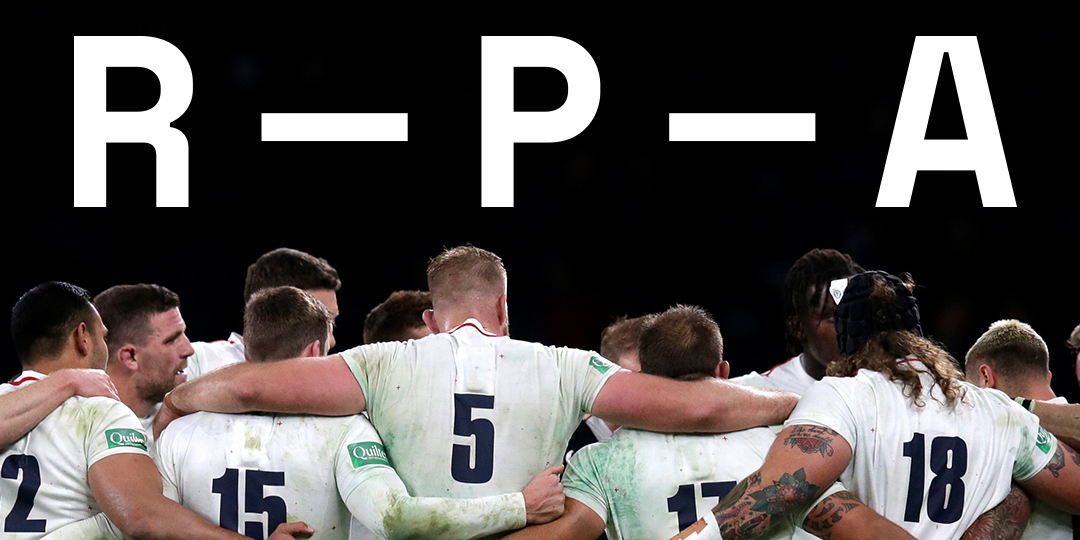

The RPA is pleased to announce that a research paper called "The Influence of Match Exposure on Injury Risk in elite men's Rugby Union" has now been published.
This is a follow up paper to the 2017 “How much rugby is too much?”.
The analysis, carried out by the University of Bath and fully funded by the RPA, fully has been published in the Journal of Science and Medicine in Sport, and is co-written by Sean Williams, Ella Kay, Matthew Cross, Stephen West, Simon Kemp and Keith Stokes and two RPA members of staff: Richard Bryan, Player Welfare Director and Mark Lambert, Head of Rugby Policy.
Research such as this paper is a vital part of the ongoing conversation about the measures and regulation used to manage player load, injury, and broader player welfare.
The major highlights of the research which is based on the Professional Rugby Injury Surveillance Project data, conducted and funded by the RFU and PRL, are:
- ≥31 match involvements in a season leads to significantly higher injury burden in the following season.
- A match involvement should be viewed as any time spent on the field, given the broader elements of load associated with matches.
This has informed the RPA position that season match limits should be reduced to a maximum of 30 match involvements of any kind for a player. There is also currently a live Instrumented Mouthguard study in the men’s and women’s elite English game, assessing exposure to head impacts in training and matches. Results of this may therefore lead to a need for further reductions below this number.
Richard Bryan said: “With the help of the University of Bath, RFU and Premiership Rugby, the findings of this, the findings of this RPA-funded analysis are hugely significant for the professional game. The initial research upon which it is based, from 2017, has been influential in understanding the link between match exposure and injury risk and for the setting of game limits in the English game.
For us to be able to develop and update that research is absolutely key for player welfare and, accordingly, the RPA position is that season match limits should be reduced to a maximum of 30 match involvements of any kind for a player, in order to reduce injury risk. Going forward it is essential that this research, and other research on match/training exposure and injury risk, continues to be refreshed along with the assessments and conclusions reached for both the men’s and women’s game.”
Mark Harrington, Chief Player Welfare and Rugby Services Officer at World Rugby said: “World Rugby welcomes all research that has the ability to inform evidence-based moves to reduce the risk of injury in rugby through prevention, management and education. The RPA is an important partner and enabler in this priority area. We never stand still when it comes to protection of players at all levels as we continue to implement key strands of our six point plan to be the most progressive sport on player welfare.”
Conrad Smith, International Rugby Players Head of Player Welfare and High Performance said: “Injury prevention is one of the most pressing issues in our game and this is extremely important research from the RPA.
“Decisions on match-load or player welfare must be evidence based and it’s vital that we balance this information with other studies like the instrumented mouth-guard research to get the very best information for our players. The key here is to ensure that professional players at all levels are carefully managed in terms of both their physical and mental load.”